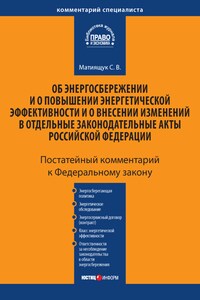Geography, Topography, Population and Language
Taiwan is a large island located in the Pacific Ocean near the eastern coast of mainland China. Since 1949, it has been functioning as an independent state, the Republic
of China. The coast of Taiwan is washed by the East China Sea to the North, the South China Sea and the Philippine Sea to the South and the Pacific Ocean to the East.
The island stretches for 394 km north to south, and is approximately 140 km across, giving an area of about 35,834 square kilometres. The length of the coastline is 1566 km. The eastern shores of the main island of Taiwan are steep, while in the west they are mostly flat with gently sloping plains. In the north, there are several (and, according to the latest updated information), dormant volcanoes. The Taiwan Mountains, covered with forests, stretch along the entire island. The highest of these is Mount Yushan at 3952m. In the west, there is a coastal plain and 90% of the island's population lives here. It is known that Aborigines lived in Taiwan about 10,000 years ago while, in contrast, the inhabitants of mainland China only began to settle in masse about 100 years ago. Today, about 10% of Taiwan residents speak the dialects of the Austronesian languages and these repre sent the indigenous population.
These aboriginal languages were once on the brink of extinction however, over the last 30 years or so, the authorities have been carefully preserving all ethnic groups of the population, actively helping them to develop the cultural heritage of their ancestors, and especially their languages.
An example of this is the people of the eastern coast of Taiwan who are called the Gaoshan.
There was a time when only a few living native speakers remained amongst the Gaoshan however the creation of a special Center for the Support of Ethnic Cultures
in 2000 has led to a complete revival of the language and this, in turn, has made it possible to open several radio and TV channels transmitting in the local dialect. Nowadays residents who speak a language belonging to the Austronesian family can easily switch to more widely used dialects while still retaining
their own. The dialect of most Taiwanese is
known as Hokhlo, the modern name for which is now Taiwan Hua or Guo Yu.
The Taiwan Hua dialects have their origin from the Fujian Province of China where this language group is known as Minnan Hua or Tai Yu.
Although Guo Yu was adopted as the country’s official language, about 70 per cent of the island's population use Tai Yu which is mainly spoken in the family circle and it also remains the language of communication within the framework of the village and other social communities.
While Tai Yu has no official status it can widely be found on subways and advertisements in the capital as well as in some non-state newspapers, books, online publications and shop window inscriptions.
When it comes to written language the people of Taiwan use traditional Chinese characters in addition to a Zhu Yin
writing system developed by Western philologists and which is based on the Latin alphabet. There is also another language, that is very different from the usual Chinese. To
some, it may seem similar to the Cantonese dialect and there
are several million native speakers of this dialect of Chinese left.
It is called the Hakka language and its speakers belong to a Chinese clan group. This name is translated as "guest". The endurance and self-confidence of these people were shaped and further developed by their long travels and wanderings among hostile tribes back home in northern China. The proximity to Fujian ensured that many people from here, which has a considerable population of Hakka, migrated to Taiwan.














